
Heliox: Where Evidence Meets Empathy 🇨🇦
Join our hosts as they break down complex data into understandable insights, providing you with the knowledge to navigate our rapidly changing world. Tune in for a thoughtful, evidence-based discussion that bridges expert analysis with real-world implications, an SCZoomers Podcast
Independent, moderated, timely, deep, gentle, clinical, global, and community conversations about things that matter. Breathe Easy, we go deep and lightly surface the big ideas.
Curated, independent, moderated, timely, deep, gentle, evidenced-based, clinical & community information regarding COVID-19. Since 2017, it has focused on Covid since Feb 2020, with Multiple Stores per day, hence a sizeable searchable base of stories to date. More than 4000 stories on COVID-19 alone. Hundreds of stories on Climate Change.
Zoomers of the Sunshine Coast is a news organization with the advantages of deeply rooted connections within our local community, combined with a provincial, national and global following and exposure. In written form, audio, and video, we provide evidence-based and referenced stories interspersed with curated commentary, satire and humour. We reference where our stories come from and who wrote, published, and even inspired them. Using a social media platform means we have a much higher degree of interaction with our readers than conventional media and provides a significant amplification effect, positively. We expect the same courtesy of other media referencing our stories.
Heliox: Where Evidence Meets Empathy 🇨🇦
The Baby's Grave in a Medieval Brothel: A Radical Act Of Love
There's a moment in every archaeological dig when time collapses. When the careful scraping of trowels reveals something so intimate, so human, that centuries disappear and you're suddenly face-to-face with a life that mattered to someone, somewhere, sometime.
In 1998, that moment came in a medieval square in Aalst, Belgium, where archaeologists found something that should make us all deeply uncomfortable about the stories we tell ourselves about the past—and about marginalized people living right now. They found a baby's grave hidden beneath the floorboards of a 14th-century brothel.
But this isn't the story you think it is. Continue reading the article
This is Heliox: Where Evidence Meets Empathy
Independent, moderated, timely, deep, gentle, clinical, global, and community conversations about things that matter. Breathe Easy, we go deep and lightly surface the big ideas.
Thanks for listening today!
Four recurring narratives underlie every episode: boundary dissolution, adaptive complexity, embodied knowledge, and quantum-like uncertainty. These aren’t just philosophical musings but frameworks for understanding our modern world.
We hope you continue exploring our other podcasts, responding to the content, and checking out our related articles on the Heliox Podcast on Substack.
About SCZoomers:
https://www.facebook.com/groups/1632045180447285
https://x.com/SCZoomers
https://mstdn.ca/@SCZoomers
https://bsky.app/profile/safety.bsky.app
Spoken word, short and sweet, with rhythm and a catchy beat.
http://tinyurl.com/stonefolksongs
Curated, independent, moderated, timely, deep, gentle, evidenced-based, clinical & community information regarding COVID-19. Since 2017, it has focused on Covid since Feb 2020, with Multiple Stores per day, hence a large searchable base of stories to date. More than 4000 stories on COVID-19 alone. Hundreds of stories on Climate Change.
Zoomers of the Sunshine Coast is a news organization with the advantages of deeply rooted connections within our local community, combined with a provincial, national and global following and exposure. In written form, audio, and video, we provide evidence-based and referenced stories interspersed with curated commentary, satire and humour. We reference where our stories come from and who wrote, published, and even inspired them. Using a social media platform means we have a much higher degree of interaction with our readers than conventional media and provides a significant amplification effect, positively. We expect the same courtesy of other media referencing our stories.
This is Heliox, where evidence meets empathy. Independent, moderated, timely, deep, gentle, clinical, global, and community conversations about things that matter. Breathe easy. We go deep and lightly surface the big ideas. Okay, so let's dive into this. Imagine you're digging, you know, under a busy city square in Europe. Right. Expecting the usual medieval finds. Yeah, old walls, maybe some pottery, coins, that kind of thing. And then you find something that just stops you. Something really personal, unexpected. Exactly. And something that kind of flips what you thought you knew. And that's really the heart of our deep dive today. It kicked off back in 1998. Yeah, an archaeological dig in Alst in Belgium. Right before they were redeveloping the Oud-Vismarck Square. So the source material we're digging into is the research on what they found there, specifically focusing on one building. A building from the 14th century. And, you know, the bigger picture is about medieval sex workers, but the real, like, standout finding. The surprise. The surprise, yeah, was this burial they found right inside the building. Which is highly unusual in itself. So that's our mission, really, to unpack what this one find tells us. Not just about Ulst, but maybe about life inside these medieval brothels. Yeah, and maybe challenge some pretty common ideas about them. It's fascinating, like you said, how archaeology can show us things that, well, written history just doesn't capture or actively ignores. You know, when you read about medieval brothels, the accounts are often from, say, city officials or moralists. Right. Not exactly focused on the women working there. Hardly ever. And if children get mentioned, it's almost always negative. Things like infanticide or abortion. Yeah. And the sources we looked at mentioned that archaeologists have had a hard time pinning down brothels just from the stuff they find. Exactly. Material evidence can be tricky. I mean, dice, drinking cups. Could be anywhere, right? A tavern, whatever. Precisely. History tells us these places varied a lot. Some basic, some maybe quite nice to attract clients. But archaeological proof. Yeah. That's been harder to come by. Which is why this El Ost site is, well, so important. Okay, so how did they identify this specific building? What was the giveaway? Well, the physical evidence was pretty strong here. Inside the building, they found these two big keyhole-shaped ovens. Not for baking bread, though. No, no. These were heated baths. It's a design you see in medieval bathhouses. And there was a hearth nearby, probably for heating the water. And historically, the word stove or stew, that often meant a bathhouse. Okay. And in the Low Countries, where Aelst is, these bathhouses often doubled as brothels. It was kind of known. So, stew equals bathhouse, which often equals brothel, at least there. You got it. And this specific building, historical records actually call it the Netterstove. Netterstove, okay. And city documents from the time confirm it's a dual role. They basically tolerated prostitution in these stew places. There's even one document mentioning a bathhouse in Alst with 16 beds, and it names some women working there. Wow. So the identification seems really solid then. It was definitely a brothel. Yeah, the evidence lines up really well, historical records and archaeology pointing the same way. Okay, got it. So confirmed medieval brothel. And then, bang, the discovery. The burial. Yeah, a child buried inside the floor. And the research says a very young child. Yes, an infant boy. They estimated about three months old when he died. Three months. And this is where it gets really interesting, like you said earlier, because it immediately pushes back against that common narrative. The infanticide narrative. Exactly. Because infanticide, well, that usually means killing a baby right after birth, a newborn. Right. Within hours or maybe days. Yeah. And a three-month-old baby. That just doesn't fit. So what did they do to figure out more? Did they test the remains? They did. Detailed analysis. They looked at ancient DNA and they did stable isotope analysis. OK. The isotope analysis tells you about diet. Correct. And what it showed was pretty significant. The child was actually well nourished before death. Well nourished. Yeah. Suggesting regular breastfeeding, most likely, which, again, argues against neglect or starvation. OK. And the DNA. What did that show? Also crucial, no signs of the big bacterial diseases you might expect back then. Things like, you know, plague, TB, leprosy, cholera. So not infanticide, not starved, no obvious major bacterial disease. Right. So what did kill him? Yeah. Well, you have to remember how incredibly dangerous infancy was in the medieval period. This brutal infant mortality rate. Unbelievably high. Maybe 30 percent. Some asked. And the test couldn't check for viruses. and sadly baby boys often have weaker immune systems than girls so putting it all together well nourished no trauma no major bacteria just tragically vulnerable that's what the researchers concluded yeah most likely despite the care he seems to have received he succumbed to some common illness or infection which was just everywhere exactly so the finding really points towards you know a maternal bond a natural though obviously tragic death not infanticide that really does paint a different picture from the usual story. But then there's the other massive question. The burial occasion. Why bury him in the brothel? The research really hammers home how incredibly rare that was. Burial outside a churchyard, almost unheard of. It really was. I mean, consecrated ground, the cemetery, that was the absolute rule. It was deeply important. So finding an infant buried inside a house, that's exceptionally rare. Hugely rare. We're talking maybe a handful of examples across Europe from that time compared to thousands upon thousands in cemeteries. Okay, so why? Why there? What were the theories the researchers looked at? Well, they considered a few things. One possibility. Maybe the child wasn't baptized. Because you needed baptism for churchyard burial. Right. But baptisms usually happen super quickly after birth because the death risk was so high. Within days, usually. Yeah. And crucially, if a priest wasn't around or the baby was dying, basically anyone could perform an emergency baptism. Even someone at the brothel. Yeah, the mother, a friend, the keeper. So lack of baptism seems unlikely to be the main reason. Okay, what about money? Burial costs something. Right. Definitely. The research notes even the absolute cheapest burial cost a fair bit, like several days' wages later on. So could it just be poverty? The mother couldn't afford it? It's possible cost was a real barrier for many. But it doesn't feel like the whole explanation here. Why not? Because the drive for a proper Christian burial was so strong, Even poor families would sometimes try to, you know, sneak a burial inside the cemetery walls if they couldn't pay. Oh, okay. So while money is a factor, it doesn't fully explain choosing this very specific, very unusual spot inside the building. Not if there were other options, even desperate ones. Right. So if it probably wasn't baptism and probably wasn't just cost, what's the other idea? The one that researchers lean towards. This is where it gets really human, I think. It connects a physical find to, well, belief and emotion. Okay. They suggest the specific location within the building is key, near the hearth. Near the fireplace. Why there? Because there was medieval folklore, popular beliefs about the souls of the dead, especially children. Beliefs about souls lingering near warmth, near the familiar hearth after death, staying close. Wow. So burying him near the hearth in the place she lived and worked. She might have believed she was keeping his soul warm, protected, close to her. That changes everything about how you see that act. It really does. It shifts it from, you know, maybe hiding a body or just having no choice. To an act of care, of connection. Yeah. Guided by belief. Exactly. A mother trying to provide the best she could for her child spiritually and emotionally within her world. That just completely flips the script on the usual image of medieval brothels, doesn't it? That cold, impersonal picture. It really does. It suggests maternal love, personal meaning, even in a really marginalized, difficult life. It really pushes back hard against assuming children in that context only meant, you know, bad outcomes. Absolutely. This find is like rare physical proof that complex human feelings and acts of care happened in these places, too. So let's sort of wrap this part up. What's the big takeaway from this Ellis case? Well, stepping back, I think this one, yes, very unusual find, gives us really valuable archaeological evidence. It has nuance. a lot of nuance, to how we understand the lives of sex workers back then. It strongly suggests that, you know, alongside all the undeniable hardship... There was a room for love, connection, meaning. Yes, acts of deep personal meaning, like choosing where to bury your child based on care and belief. It's such a powerful reminder that history isn't simple, is it? Especially for people on the edges. It's messy, it's human, and research like this is still going on, right? Absolutely. Dr. Poulain, who was involved in this study, is doing more work. What are they looking at now? Looking at skeletons from a medieval red light district site, in Bruges actually, trying to see broader health patterns. Ah, comparing sites. Yeah, and they hope to go back to Alsace too, to look at environmental stuff in the floor layers. Like pollen or residues. Exactly. Things that might tell us even more about daily life in that specific brothel. That's great. It just shows there's always more to uncover. Definitely. And this deep dive, for me, really shows how one surprising fine can make you stop and completely rethink things. Those long-held assumptions, yeah. Especially about people whose lives weren't usually written down. It really makes you think, doesn't it? How much might we be missing about the lives of marginalized people in the past? Right. We focus on the official records, the stereotypes. And maybe miss the quieter, more personal stories. Like this one. Evidence of a short life, but also evidence of care in a place you wouldn't expect it. It leaves you wondering what else is buried out there, under our feet and under our assumptions. And maybe that's the question for you, listening, to think about. How does a single really unusual find like this infant burial make us reconsider those big historical stories? Especially the stories about people on the margins. Yeah. What other sides of their lives beyond maybe the hardship or the transactions we focus on are we just completely missing? Thanks for listening today. Four recurring narratives underlie every episode. Boundary dissolution, adaptive complexity, embodied knowledge, and quantum-like uncertainty. These aren't just philosophical musings, but frameworks for understanding our modern world. We hope you continue exploring our other podcasts, responding to the content, and checking out our related articles at heliocspodcast.substack.com.
Podcasts we love
Check out these other fine podcasts recommended by us, not an algorithm.

Hidden Brain
Hidden Brain, Shankar Vedantam
All In The Mind
ABC
What Now? with Trevor Noah
Trevor Noah
No Stupid Questions
Freakonomics Radio + Stitcher
Entrepreneurial Thought Leaders (ETL)
Stanford eCorner
This Is That
CBC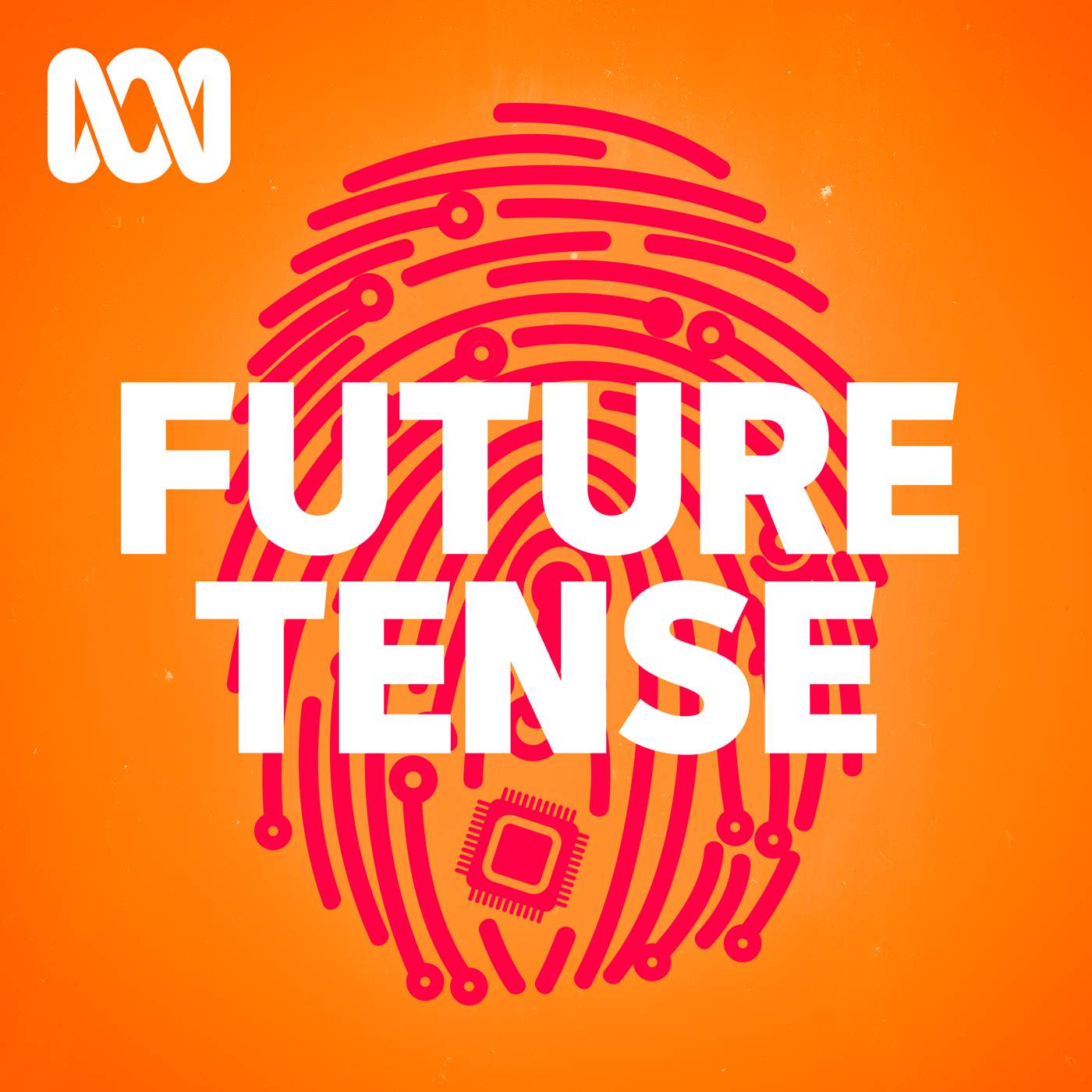
Future Tense
ABC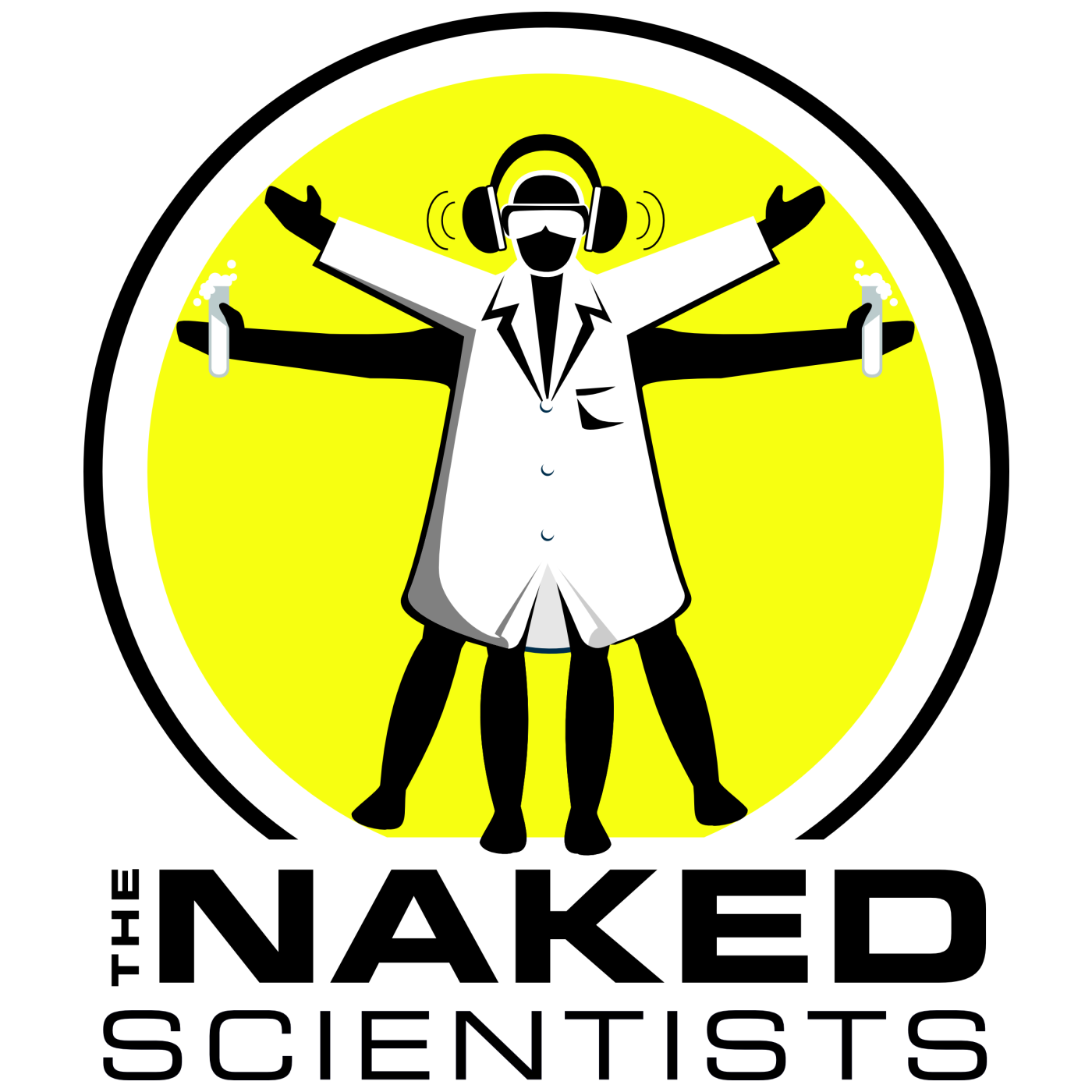
The Naked Scientists Podcast
The Naked Scientists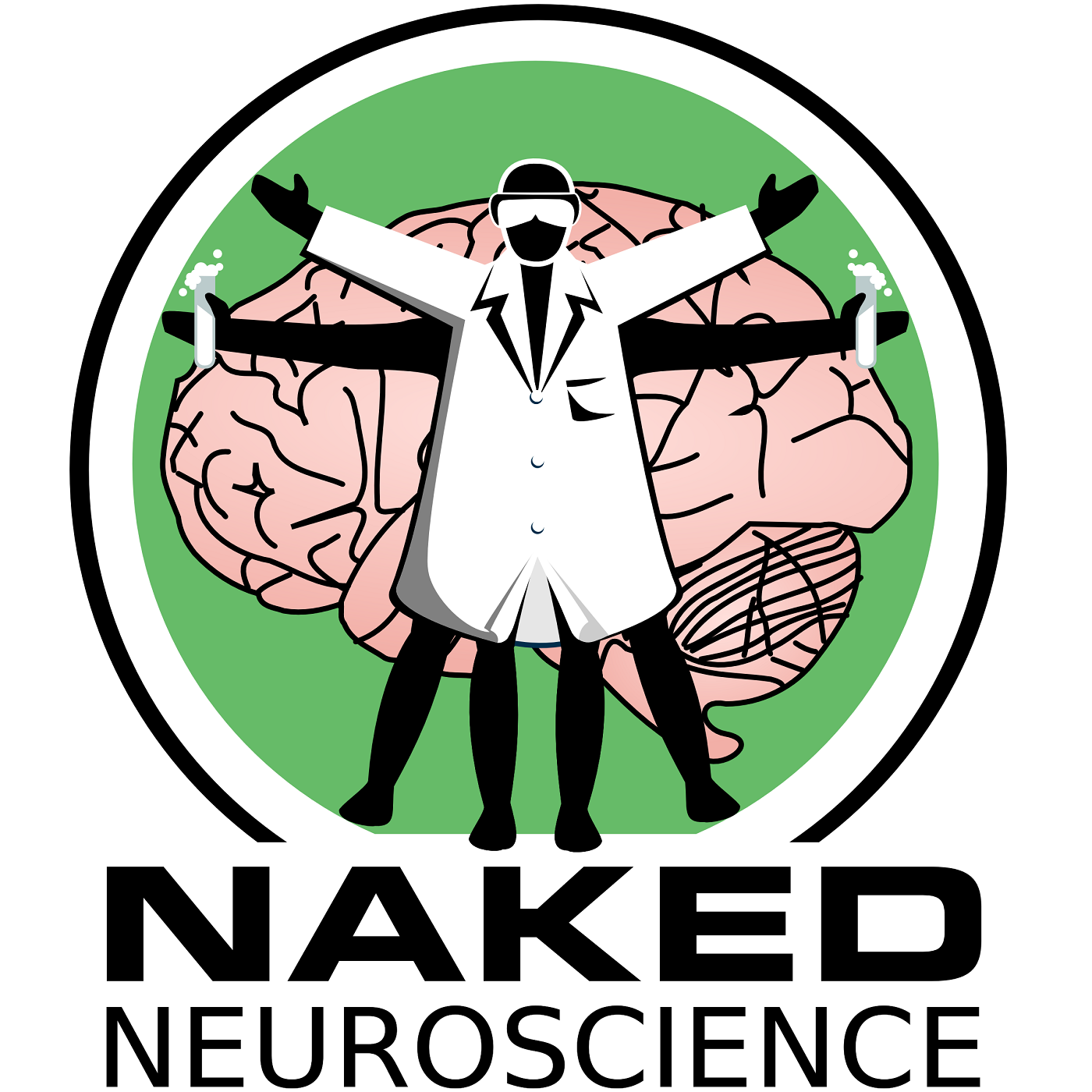
Naked Neuroscience, from the Naked Scientists
James Tytko
The TED AI Show
TED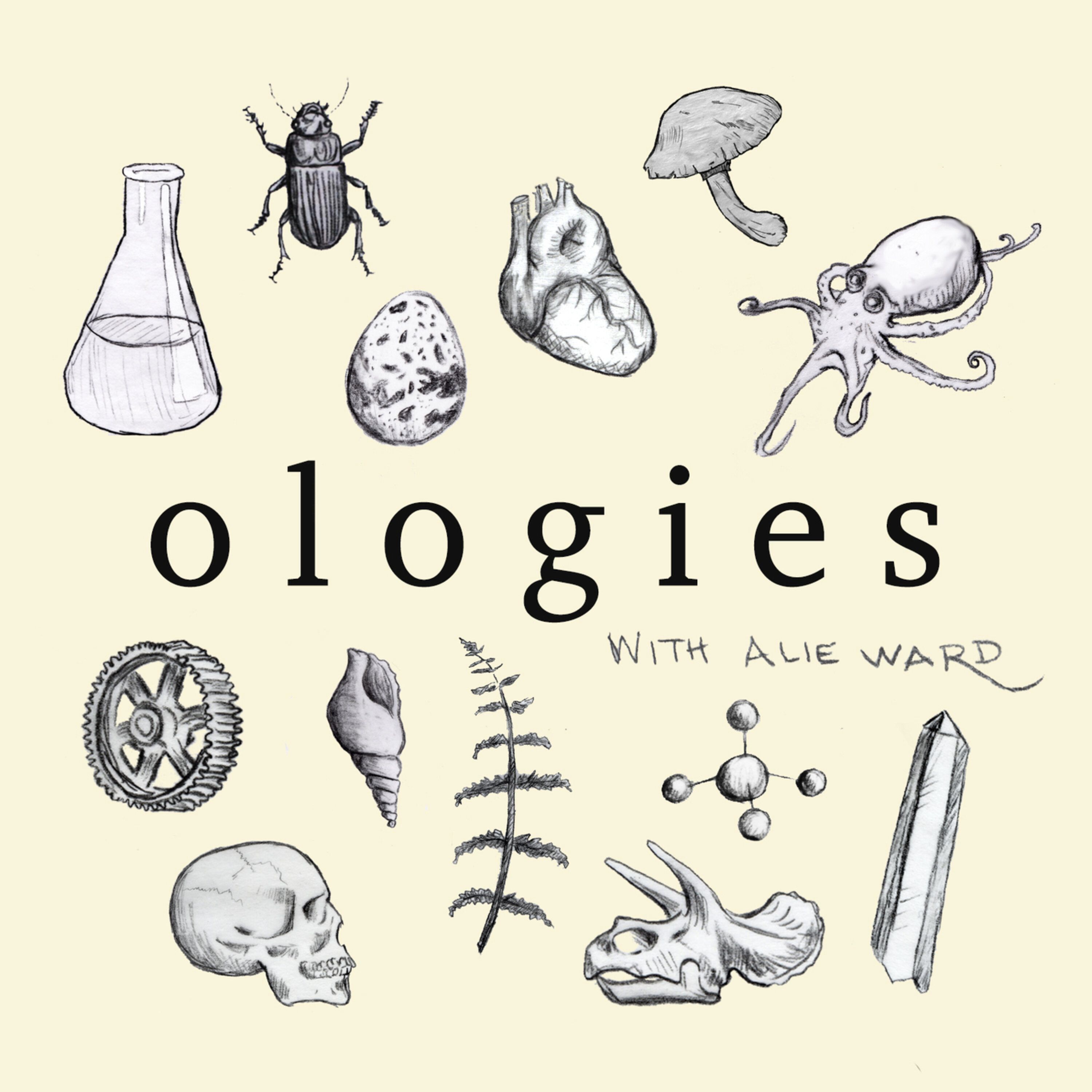
Ologies with Alie Ward
Alie Ward
The Daily
The New York Times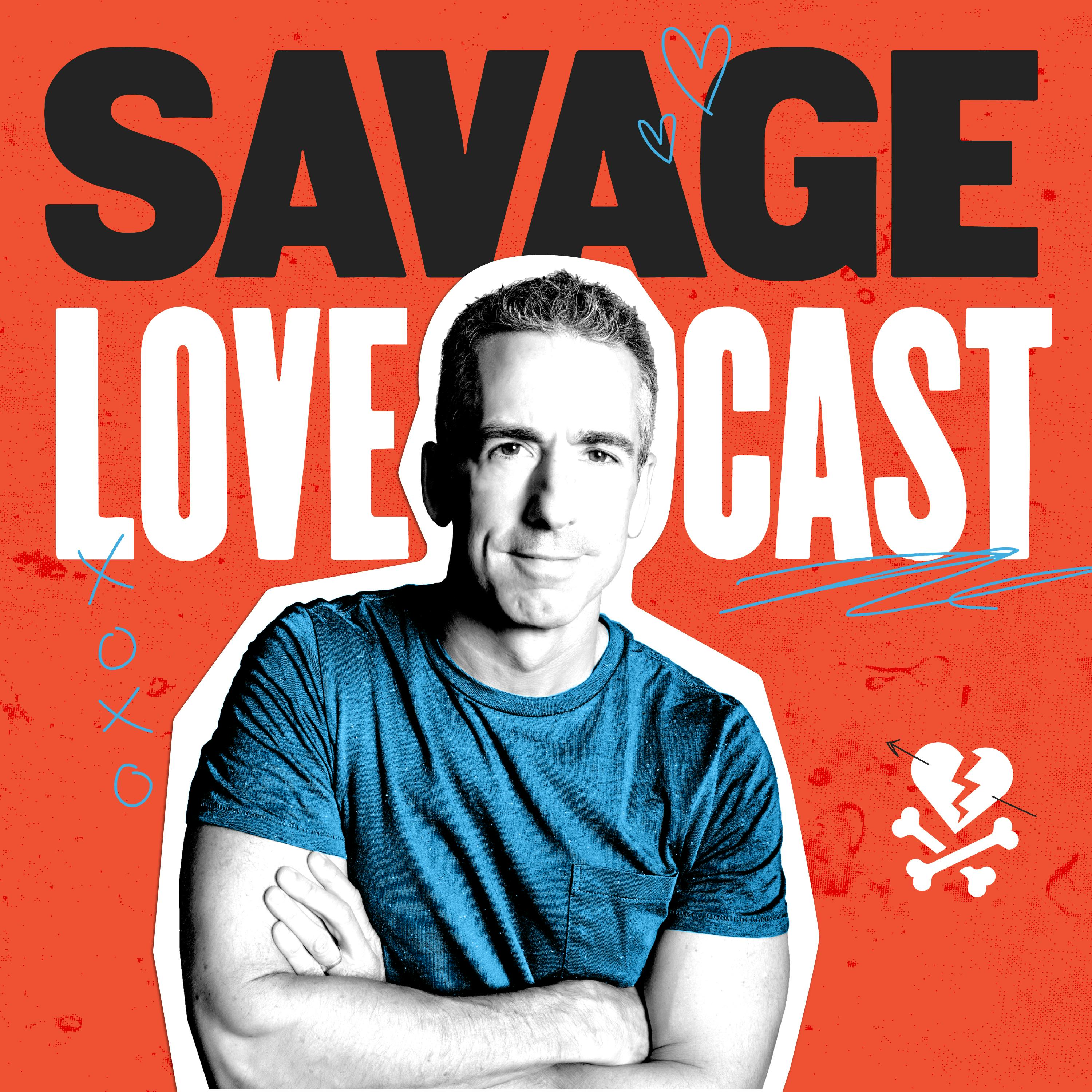
Savage Lovecast
Dan Savage
Huberman Lab
Scicomm Media
Freakonomics Radio
Freakonomics Radio + Stitcher
Ideas
CBC

